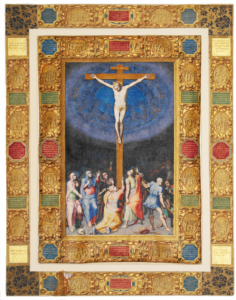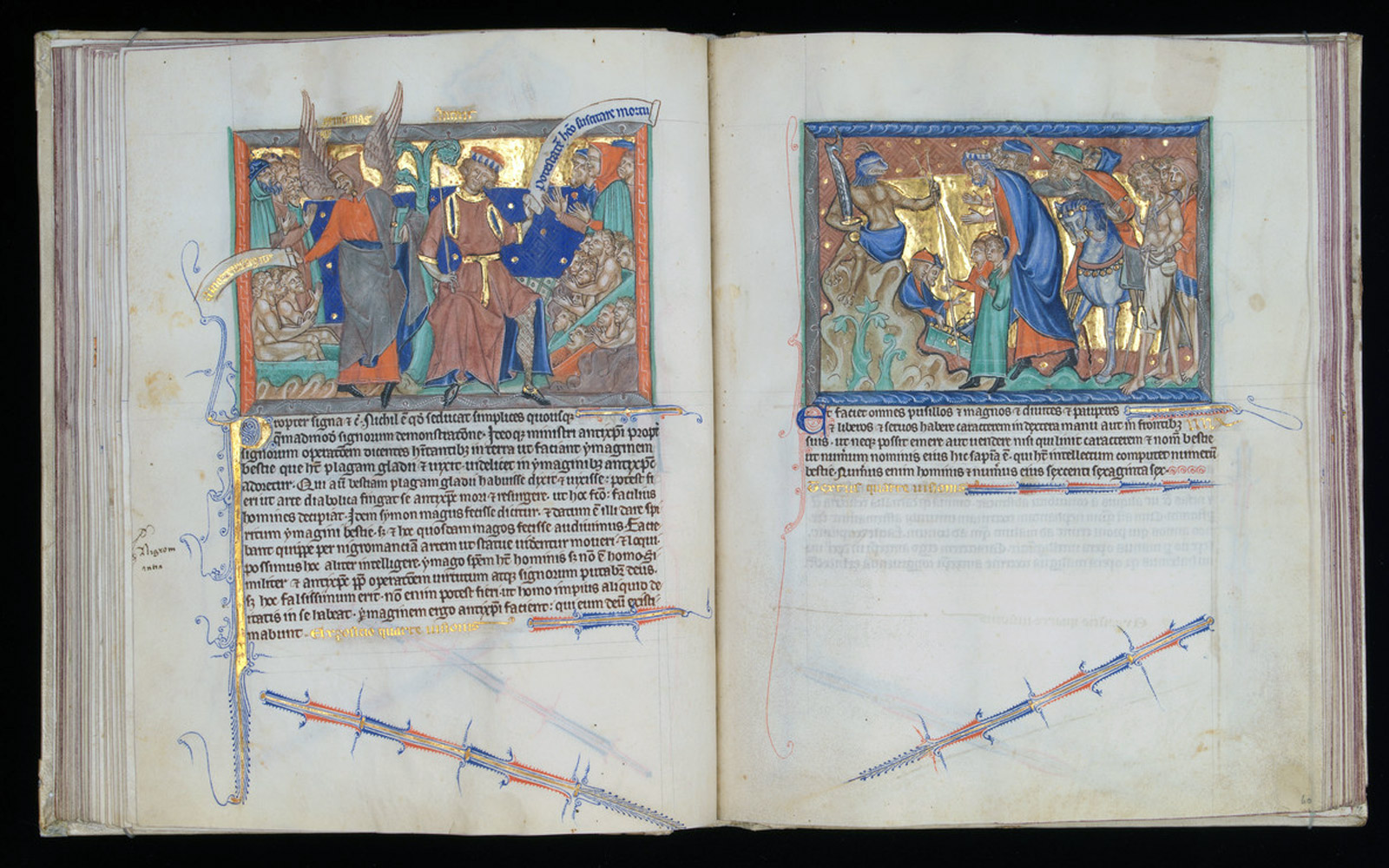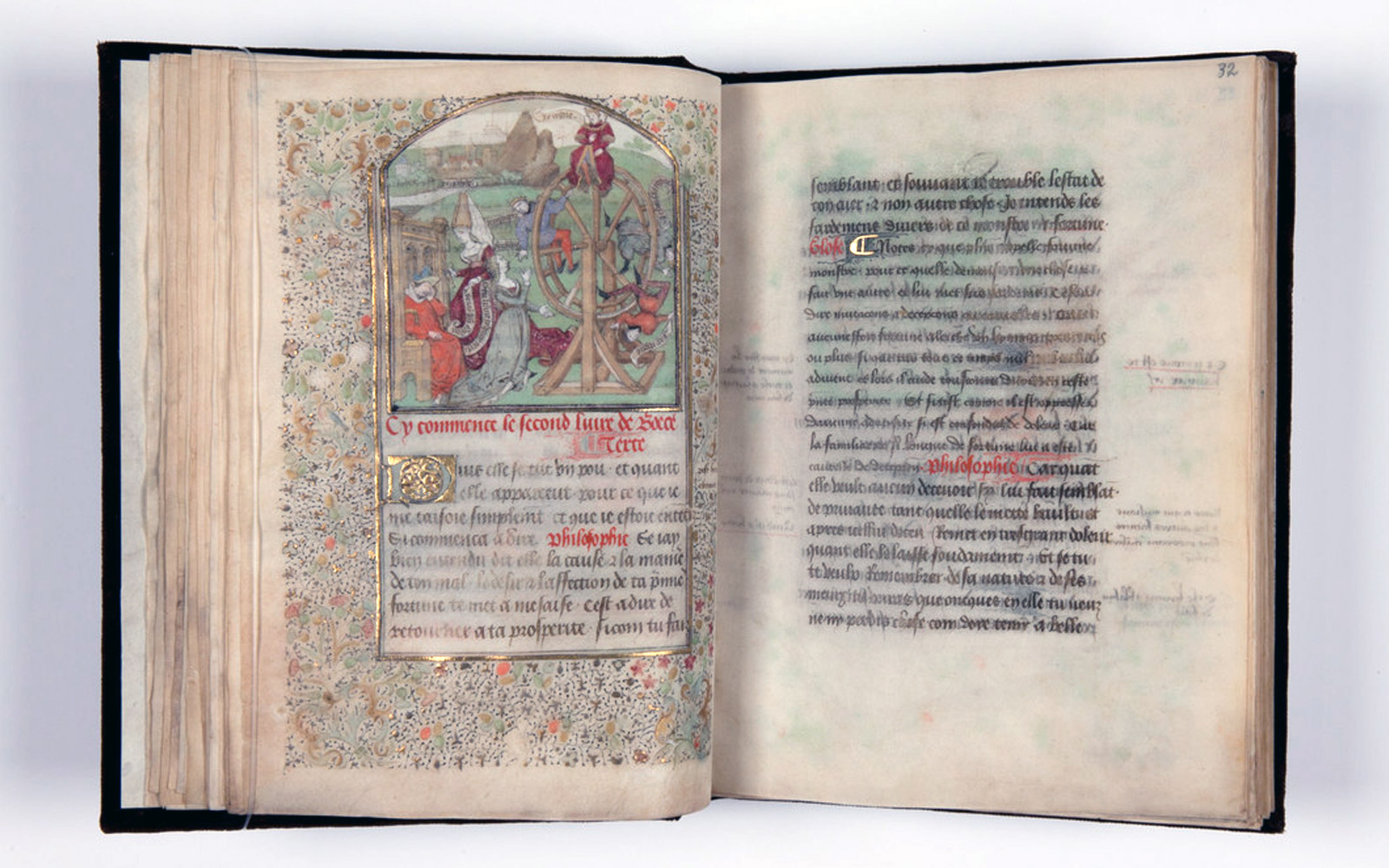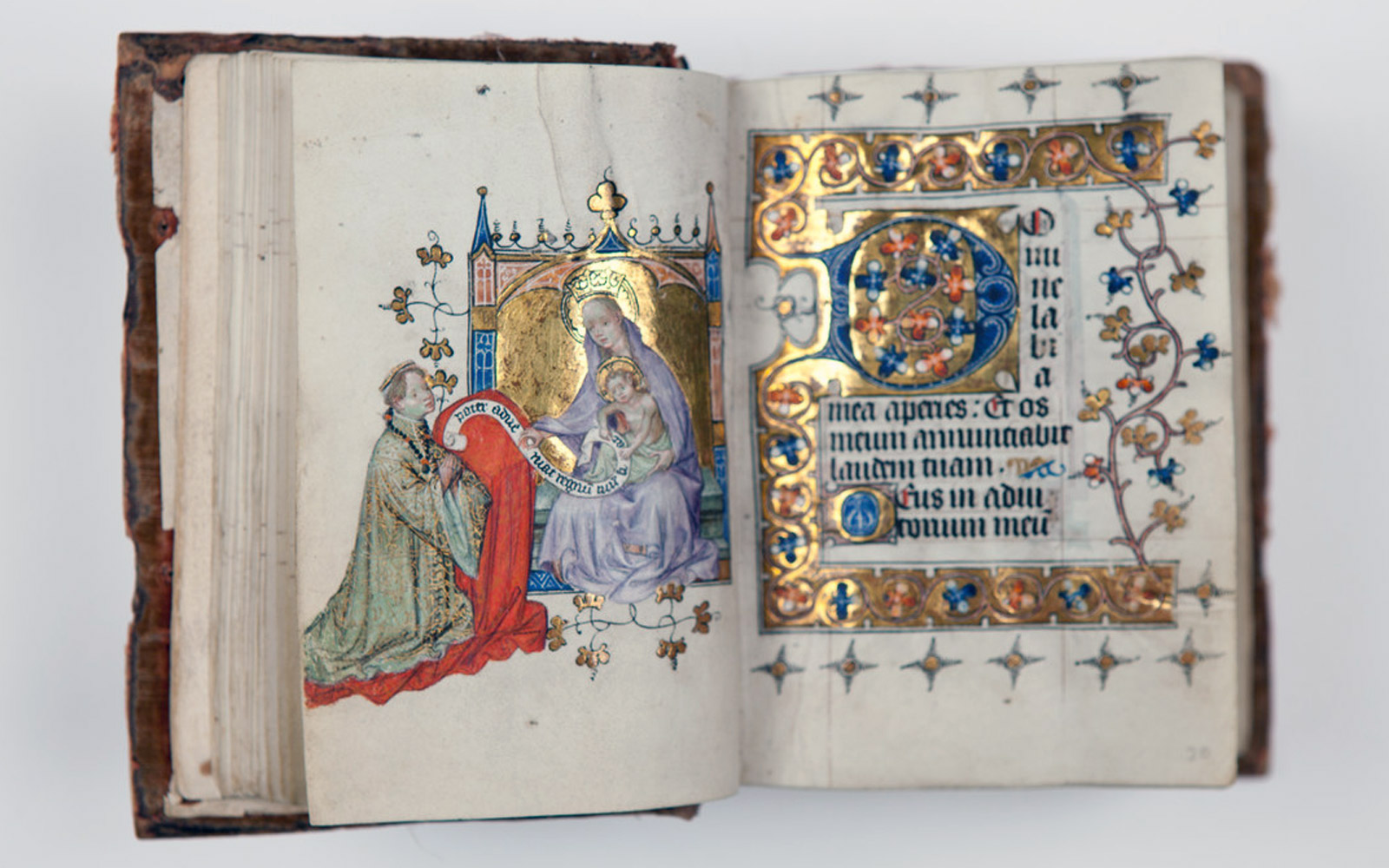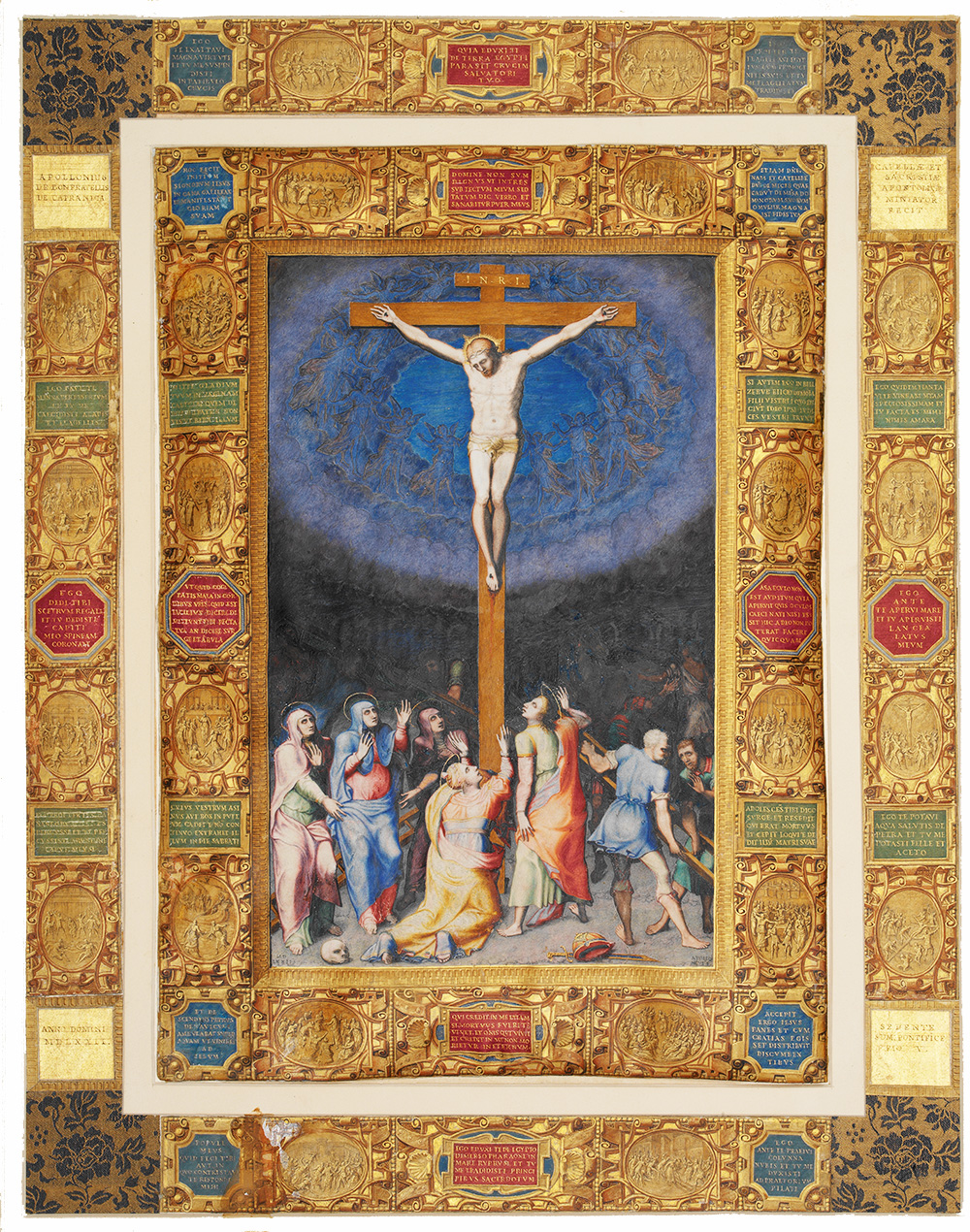A passion for illumination

Calouste S. Gulbenkian started his collection of European manuscripts in 1919 with the purchase of works from the sale of the Henry Yates Thompson Collection, one of the most significant European collections [Consolation de la Philosophie, by Boethius, c. 1450–60 (LA136) and Rerum Vulgarium fragmenta (RVF), Triumphi, by Petrarch, c. 1468–70 (LA1299)]. In the years that followed (1920 and 1921), other works from Yates Thompson’s collection joined the Gulbenkian Collection, notably the Book of Hours of René II of Lorraine, 1473–9 (LA147), the first piece in this category to be included. It was during the 1920s that the manuscripts section was significantly enhanced, coinciding with the growth of other categories in the collection and the purchase of the house on Avenue d’Iéna, in Paris (1922), which the collector turned into a ‘container’ for his works of art (1922–7).
Over the following decade, which corresponded to the final period of manuscript acquisitions (1935–7), a group of four codices was added, encapsulating everything that Gulbenkian sought in this phase of his interests as a collector: the Gradual and Sacramentary of Admont, 1270–5 (LA222), purchased directly from the Monastery of Admont after intense negotiations led by Hermann Trenkwald, an art historian and director of the Kunstgewerbemuseum of Vienna (09/01/1936); the Acciaiuoli Missal, c. 1498–1502 (LA236), from the collection of Lord Aldenham, acquired with the intermediation of the Parisian bookseller Henri Giraud-Badin (1937) and at the specific recommendation of the art historian Erwin Rosenthal; the Book of Hours of Isabel of Brittany (Hours of Lamoignon), c. 1415–16 (LA237), from the sale of the library of the Dukes of Newcastle, in Clumber Park, in which Giraud-Badin was also involved (21/06/1937); and the Holford Hours, from the 1520s (LA210), whose line of ownership included the collector and bibliophile Alfred Chester Beatty, a mining magnate and friend of Gulbenkian, who sold it in 1932 to the firm of Erwin Rosenthal in Munich.
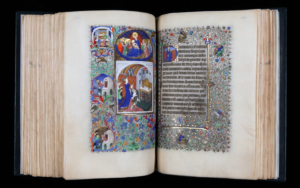
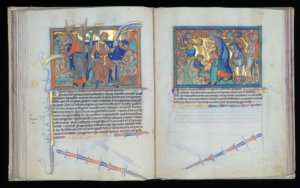
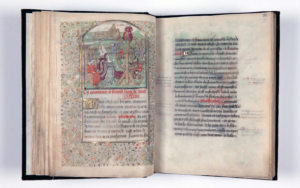
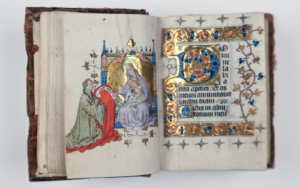
This small section, made up of twenty-four books, an incunable and eleven single leafs and fragments, produced between the 12th and 16th centuries in England, Holland, Flanders, Italy and France, is a demonstration of the collector’s taste and interests, which can be seen in almost all the artistic categories in his collection. Gulbenkian’s decision-making was guided by ever-present factors such as provenance, which legitimises a work’s quality, the all-important advisers and intermediaries, whom the collector selected with great discernment, the artistic quality of works and their state of conservation.
In conjunction with the publication of the catalogue of the Collection of European Illuminated Manuscripts the Calouste Gulbenkian Museum is exhibiting eight books and a fragment, which are among the most remarkable in the collection. The visitor can thus appreciate the collector’s excellent choices and the passion he devoted to the art of the illuminated book.
